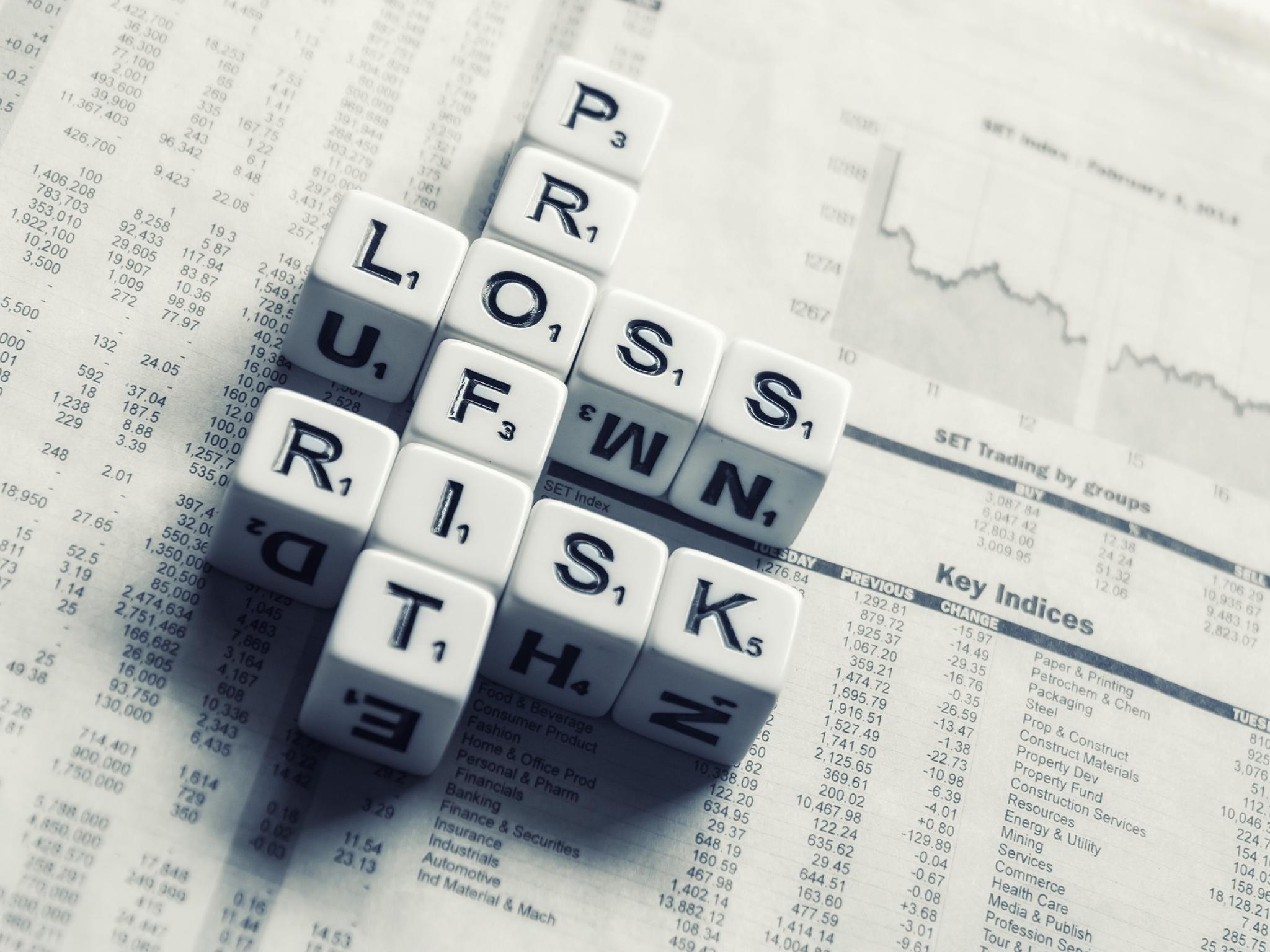
Long-term investing is difficult in a volatile market environment and requires serious scenario analysis. In other words, if you’re fully invested and nervous about the market environment, do you attempt to sell and lighten up your exposure?
For most investors, including myself, that is a difficult thing to do for fear of being wrong and missing another leg higher in the markets. Frequent transaction costs can decrease your overall return in the markets as well.
On other hand, if you are a more nimble investor and raise your cash to as much as 50% of your holdings, when do you redeploy some of it back into the market?
Holding Cash: The co-host of the PreMarket Prep show Dennis Dick is a much more active long-term investor and will limit his exposure to the markets to varying degrees. Based on the market environment, he may reduce his exposure to the markets to 50% or less.
Over the last few months, Dick has gradually decreased his exposure during unexpected rallies in the markets.
Why? The primary reason is the rapidly rising rate of inflation and upcoming actions by the Federal Reserve Bank of raising interest rates. Traditionally, equities do not outperform well in this type of economic environment.
As a result of higher rates caused by rising inflation, the average consumer is going to have less money to spend on discretionary or large ticket items.
In turn, the lack of consumer spending will have a negative impact on corporate profits, which will translate into lower earnings and/or earnings guidance.
In addition, the war in Ukraine and the impact it is having on the global economy are yet to be determined.
Game Changer? On Friday’s show, Dick outlined what catalyst is needed to inspire him to get more exposure to the equities markets, and it was very much in line with his reason for caution.
In his opinion, prices of goods cannot continue to increase at such an alarming rate.
Dick posed the question to himself: what is the catalyst to turn this market around?
The answer: CPI data. “You may see this market get some legs to the upside and have a sustained rally when you have CPI (Consumer Price Index) data that is showing some softness and actually shows prices are coming in a bit,” Dick said.
“The Fed will get ahead of this, and we are already starting to see it. Used boat prices in my area are collapsing.”
The Last Word: The question remains as to when will the Consumer Price Index data will finally start to come down. It is impossible to predict when that will occur, but the first chance it will have will be on May 11, when the April data is released.
If not, investors will have to wait another month until June 10, and so on. Until that happens, buckle your seatbelt, because there is a whole lot of room on the downside.
The discussion on this subject from Friday’s show can be found here:







